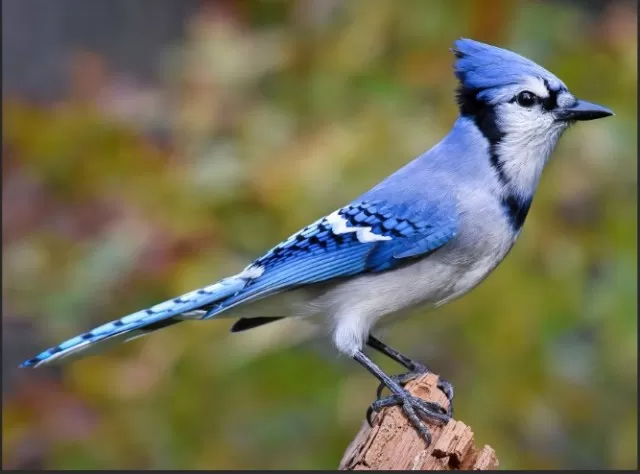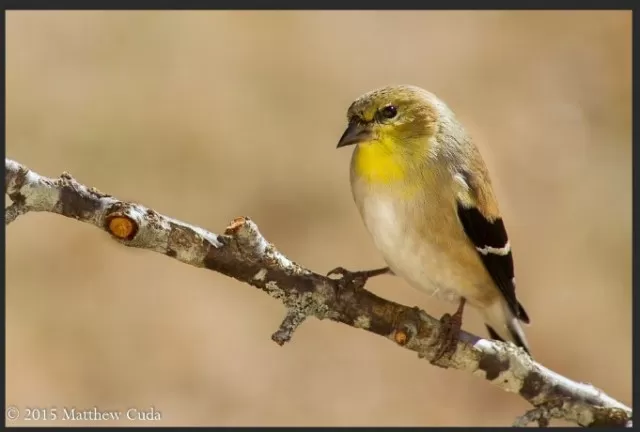Common Backyard Birds and How to Attract Them. Whether you’re a passionate bird-watcher or simply interested in aiding our feathered pollinator friends, developing the ability to identify the species that could potentially visit your property with some encouragement is not only rewarding but also beneficial to the ecosystem.
Bird-watching can be a delightful and educational pastime, allowing you to connect with nature and contribute to the well-being of your local bird population. Here are some steps to help you identify and support the avian visitors to your propertRemember that bird-watching is a skill that develops over time. With patience, practice, and a genuine passion for these winged wonders, you’ll not only become proficient at identifying bird species but also contribute to the welfare of these avian pollinators and the broader ecosystem.
The American Robin (Turdus migratorius): A Symbol of Spring Across North America

An emblematic harbinger of spring across most regions, the American robin graces yards and gardens with its presence, heralding the arrival of warmer days.
These cherished and ubiquitous avian companions can be encountered throughout the contiguous 48 states, as well as in Alaska and Canada. Remarkably prolific, they have the capacity to rear as many as three broods in a single year, and their adult members boast a minimum lifespan of six years.
Distinguished by their vibrant orange tummies juxtaposed against their charcoal-gray plumage, American robins are a familiar sight as they scour lawns in pursuit of earthworms and insects.
Their visits to platform feeders are a delight for birdwatchers, and they exhibit a particular fondness for sunflower seeds, peanut hearts, mealworms, and various fruits. The allure of native plants that yield berries, such as juniper, hawthorn, sumac, and dogwood, further entices these charming creatures.
Key Traits: American robins are easily recognizable by their rounded, orange-bellied appearance set against their dark-gray backs, and their melodious songs add to their distinctiveness.
Habitat and Range: These birds can be found in all U.
S. states except Hawaii, as well as in Canada.
While some robins migrate south during winter and return with the advent of spring, many opt to stay closer to their usual habitats, where they can readily satisfy their winter dietary requirements.
The Northern Cardinal (Cardinalis cardinalis): A Vibrant and Iconic Sight in Eastern and Southern United States
One of the most beloved avian species to observe, the Northern cardinal stands out with its unmistakable appearance, boasting a pointed crest, striking crimson plumage, and a distinctive black eye mask.
In contrast, the females exhibit a softer gray-brown hue, complemented by vibrant orange beaks and touches of red. This charismatic bird is frequently encountered in pairs, particularly in the eastern half of the country and as far west as Arizona in the southern regions.
Their unique, high-pitched chirps and the melodious “what cheer” trills serve as unmistakable auditory markers of their presence.
Possessing a strong territorial instinct and being nonmigratory, Northern cardinals can become year-round visitors to your yard if you offer them a menu of black oil sunflower seeds, millet, peanut hearts, or milo.
Key Traits: The males’ dazzling red plumage, enhanced by their black eye masks, stands in stark contrast to the females’ tawny brown coloring, adorned with touches of red and adorned with orange beaks.
Both genders share the characteristic peaked crest that adds to their charm.
Habitat and Range: Northern cardinals can be found across the eastern half of the United States, extending southward to Arizona in the southern regions, where they make their homes and captivate observers with their vibrant presence.
The Blue Jay (Cyanocitta cristata): A Bold and Brilliant Native of the Americas

Easily distinguished by its striking azure plumage and its raucous calls, the blue jay stands out among the diverse avian inhabitants of North America.
This substantial and extraordinarily attractive bird possesses a blend of intelligence, playfulness, and a somewhat assertive demeanor, often asserting dominance by chasing away fellow feathered visitors from feeders.
Sporting an upright crest of striking blue, complemented by a contrasting blue-and-black back and a pristine white underside, blue jays frequently travel in familial flocks.
Their range stretches from southern Canada through the eastern and midwestern regions of the United States, extending all the way to Texas and even as far south as Central America. They exhibit a particular affinity for oak-filled woodlands, where they relish acorns, although they also diversify their diet with other nuts, grains, insects, and the ever-popular sunflower seeds.
Key Traits: The blue jay’s most notable features include its pointed crest of vibrant blue crowning a body adorned in blue-and-black hues, making it a conspicuous and sizable bird known for its vocal presence.
Habitat Range: Blue jays inhabit a vast expanse, ranging from southern Canada down through the eastern and midwestern regions of the United States, reaching as far as Texas in the south and even venturing into Central America, where they bring their captivating allure to a diverse array of ecosystems.
The House Sparrow (Passer domesticus): A Familiar Companion in Urban Environments
Among the most ubiquitous of avian companions, the house sparrow stands as a testament to adaptability and human coexistence.
As an introduced species, these sparrows have found their niche in human habitats, often exhibiting surprising tameness, even occasionally accepting hand-fed morsels from people. While their preferred sustenance comprises seeds and grains, including sunflower seeds, millet, corn, and various backyard birdseed offerings, they’re also known to scavenge for morsels of discarded food.
Distinguished by their unassuming appearance, house sparrows sport gray-brown crowns, black-and-brown backs, gray chests and bellies, and distinctive white cheek patches.
They lead social lives within groups, with male sparrows boasting the most substantial black patch often serving as leaders.
Key Traits: These diminutive gray-and-brown birds are intimately familiar with human presence, frequently congregating around houses and other man-made structures, fostering a sense of connection between urban dwellers and the avian world.
Habitat Range: House sparrows have established their presence year-round in the lower 48 states and southern Canada, making them constant companions for those residing in these regions, especially in urban environments where they have found a welcoming home.
The American Goldfinch (Spinus tristis): A Brilliantly Hued and Nature-Loving Songbird

In the realm of Vibrantly Colored small birds, the American goldfinch emerges as a captivating and easily recognizable avian delight.
Males don a striking ensemble, featuring a jet-black crown atop their golden plumage, which transforms to an olive hue during the winter, mirroring the appearance of their female counterparts. Both genders display distinctive white wing bars that accentuate their allure.
These charming goldfinches are often found frequenting overgrown, weedy fields in their quest for flowers and seeds.
They revel in bird gardens adorned with a diverse array of blooms, including sunflowers, marigolds, dahlias, dandelions, zinnias, chicory, yarrow, chamomile, asters, ragweed, coneflowers, mums, and milkweed. Despite their fame for vibrant yellow coloring, it is the consumption of carotenoid-rich seeds that imparts this radiant hue to their plumage.
Notably, goldfinches share a special affinity for nyjer (thistle) seeds, often making frequent visits to tube feeders stocked with these petite treasures.
Key Traits: American goldfinches are characterized by their petite stature and their brilliant yellow plumage, which makes them a standout presence in the avian world.
Habitat Range: These captivating songbirds grace most regions of the United States, with some populations breeding in Canada and the Midwest.
Their migration patterns can vary, often contingent on the availability of their preferred food sources, adding a touch of unpredictability to their seasonal movements.
*The information is for reference only.